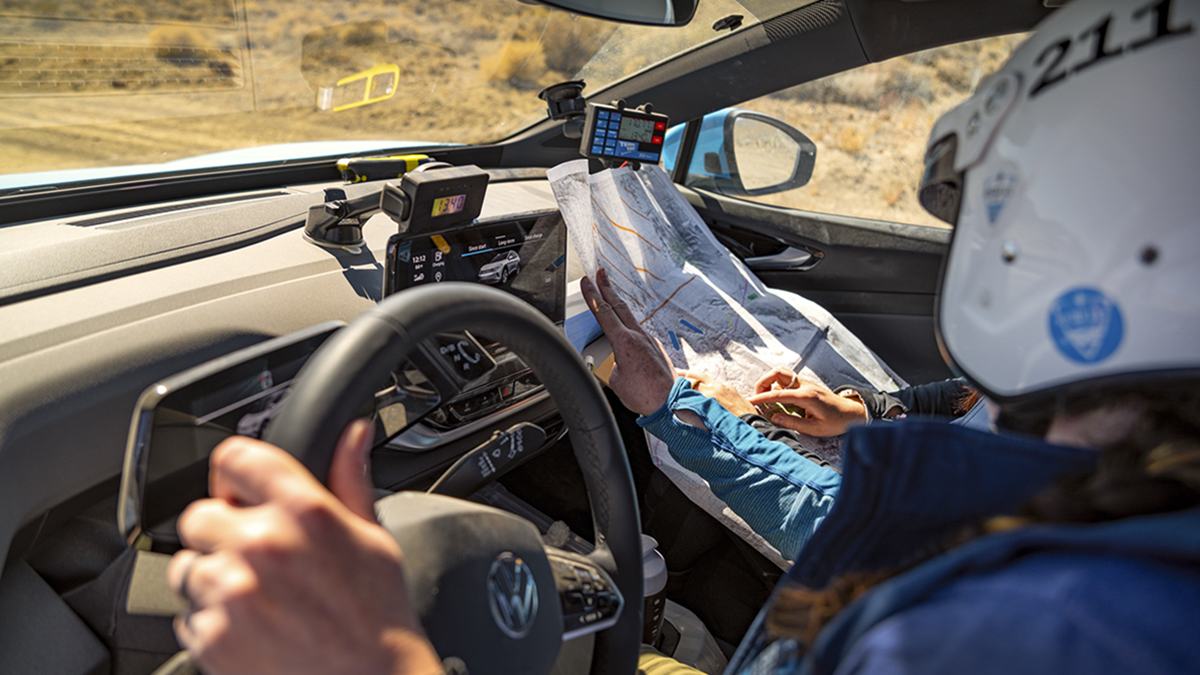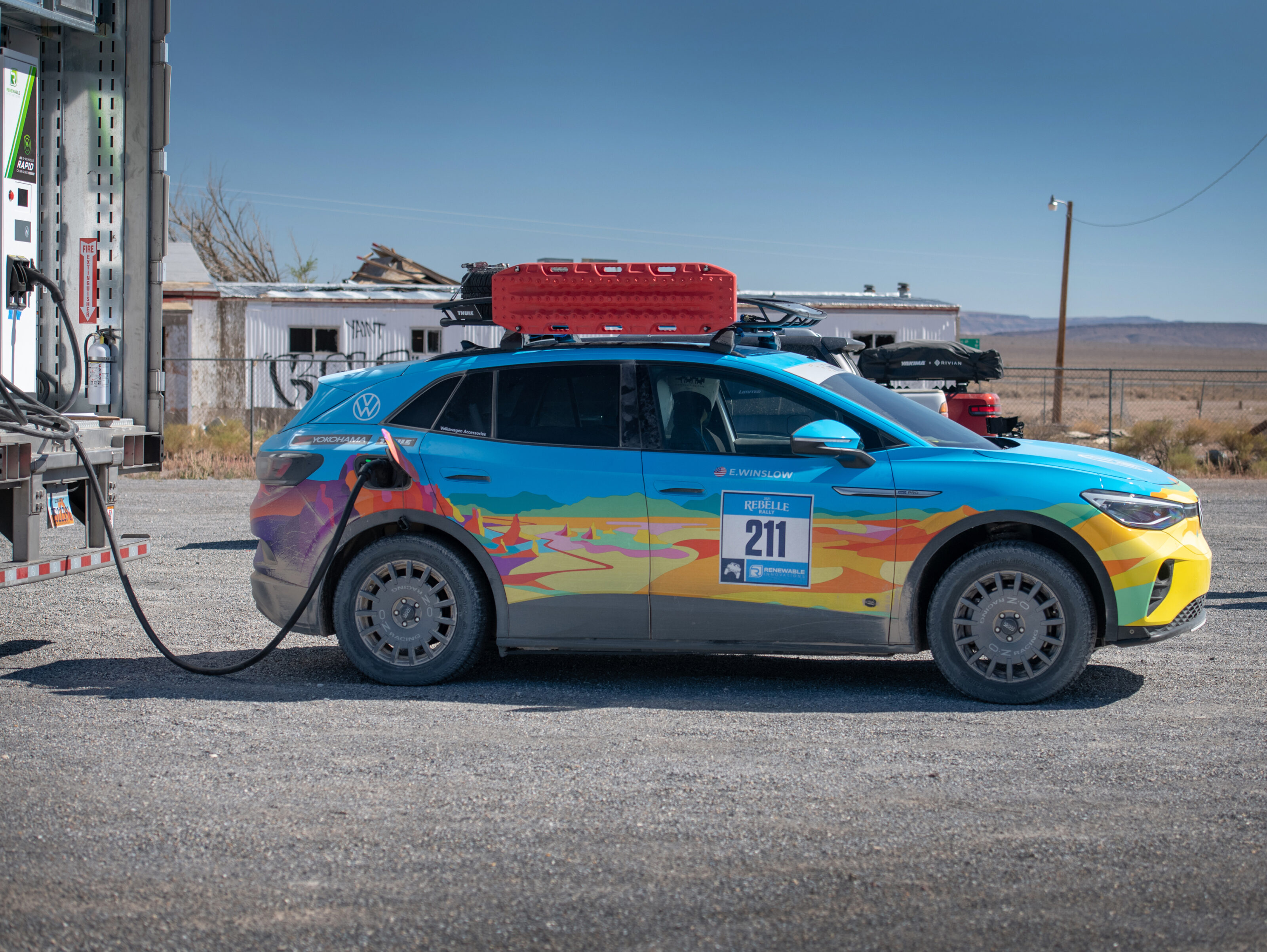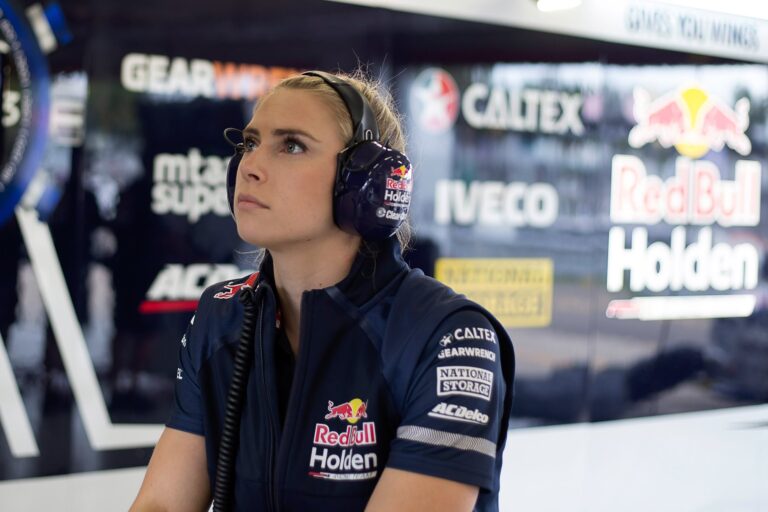Waking up to a single cowbell clanging nearby, winds whipped dagger-like sand granules against our vehicle as the dark sky wrapped around us. I wearily grabbed my headlamp and stared at Emily Winslow, my teammate and navigator.
We began laughing as we realised our predicament: We slept in our electric rally car due to our tent being destroyed in a massive sand storm. Now, we had to get it ready and charged before another day of competition. Day four of the eight-day, 2275-kilometre 2021 Rebelle Rally was about to begin.
Long hours and challenging terrain were met with excitement and nervousness. We were nearly halfway through the Rebelle Rally, the first women’s off-road navigation rally and longest competition of its kind in the United States.
How would our all-electric entity, a newly released 2021 Volkswagen ID.4 AWD SUV, tackle the rally? Would it easily glide atop the legendary Glamis sand dunes, where old Star Wars movies were filmed? Would battery or mechanical issues set us back as we attempt to make history?
Only time would tell: We partnered with Volkswagen of America to test this progressive off-roader.

2021 Rebelle Rally
The Rebelle Rally is billed as the longest competitive off-road competition in the US – only for women. The rally showcases stunning scenery and extreme terrain as it winds across 2275km kilometres of desolate desert.
The rally started at Arizona’s massive Hoover Dam and then progressed through the Nevada and California desert before finishing near the Mexican border in the Imperial Sand Dunes of southeast California.
“The American West is like nothing I’ve ever experienced,” said Winslow, a 2018 and 2019 Rebelle. “It’s huge and roaming and wild and intimidating.”

To her, one assumes the colours of the southwestern American desert are khaki, brown and dead. However, there are many variations of reds, blacks and yellows. “You could enjoy the details forever and never let your eyes be bored.”
The sixth Rebelle Rally drew 52 teams from 92 cities, 24 states and provinces, and five countries. Staff members and competitors received rapid Covid tests and upon rendering a negative result, ralliers prepared vehicles for tech inspection and the rally’s start.
The Rebelle Rally (not “rebel” as some mispronounce it), combines off-road driving and precise navigation using old-school tools like a compass, topographic map and roadbook. Whereas many competitions permit modern-day wayfinding devices, GPS, and other navigational technology, it’s not allowed here.
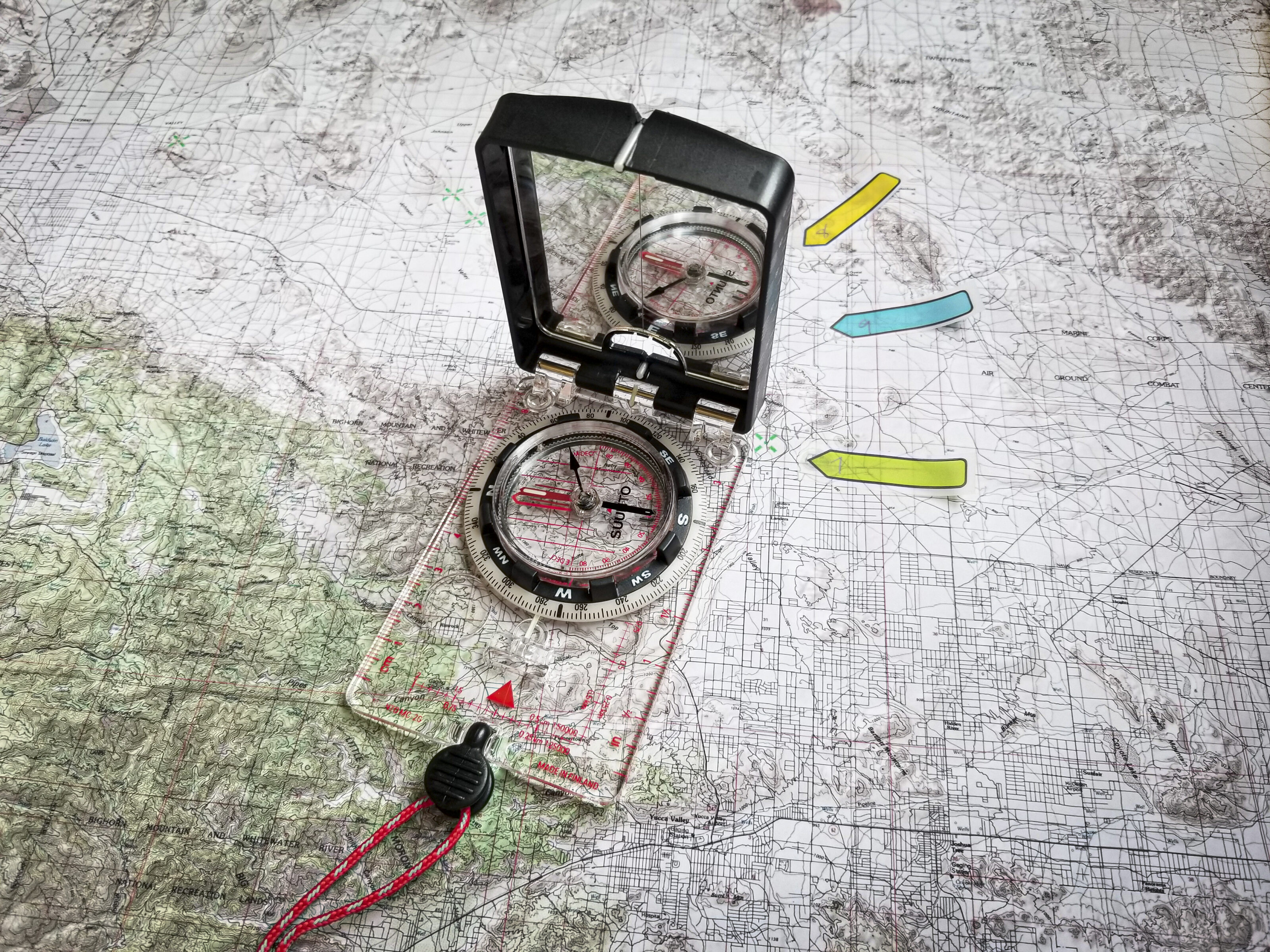
How is the Rally Run?
Only held in the United States, the rally pits driver, navigator, and vehicle against extreme terrain, time and hidden checkpoints dotted in the desert.
Geographical coordinates (using latitude and longitude) are supplied no more than two hours before a team’s start times each morning – which are plotted on topographic maps. Drivers break camp, putting away tent-based wares and checking their rally rigs as navigators magically bring the course to life.
In addition to the route (which can differ from team to team), daily on-time or on-route time-speed-distance rallies are also included.
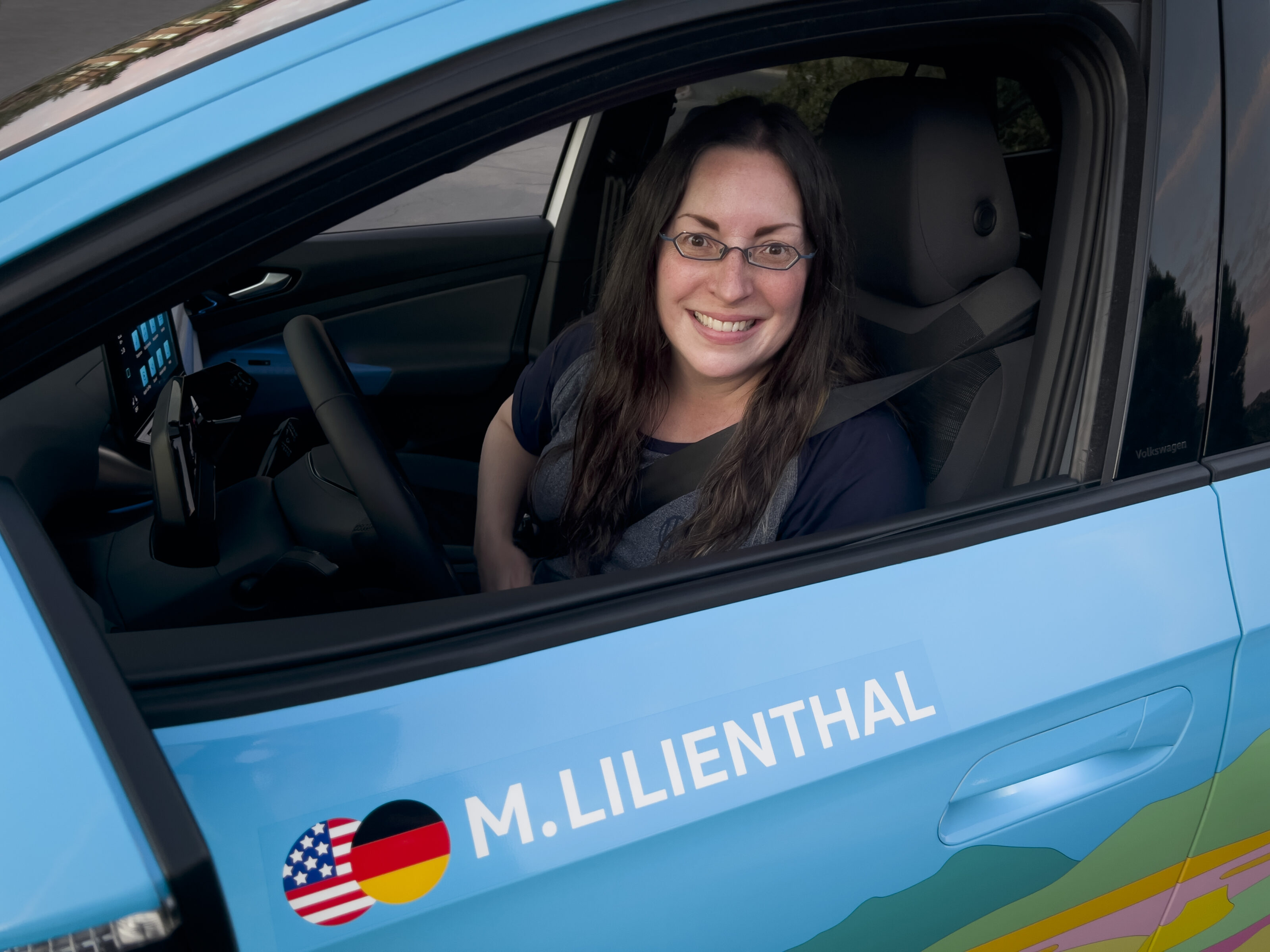
Teams compete in two main categories: the X-Cross class for all-wheel-drive crossovers and SUVs (like our VW ID.4 AWD Pro) and the 4×4 class for those with two-speed transfer cases and locking differentials.
In addition, rally designations delineate certain vehicle types and teams. Bone Stock, 4030 Class, and Electrified vehicle descriptors highlight varied motorised and all-electric contenders. The Rebelle Rookie Team and International Cup celebrate new Rebelles, as well as out-of-country ones.
Teams with the most points win their specific class designation.

The Electrified Designation
Team Volkswagen (Emily Winslow as navigator and me as rally driver) stepped into the forefront of EV off-roading: We embarked on a mission few have completed before.
The Electrification designation brings fully and partially electrified vehicles together to prove off-road prowess.
The ID.4, in all-wheel-drive form, is an all-new vehicle that Volkswagen launched in the US in September of this year and it’s only one of two pure electrics on the 2021 Rebelle Rally.
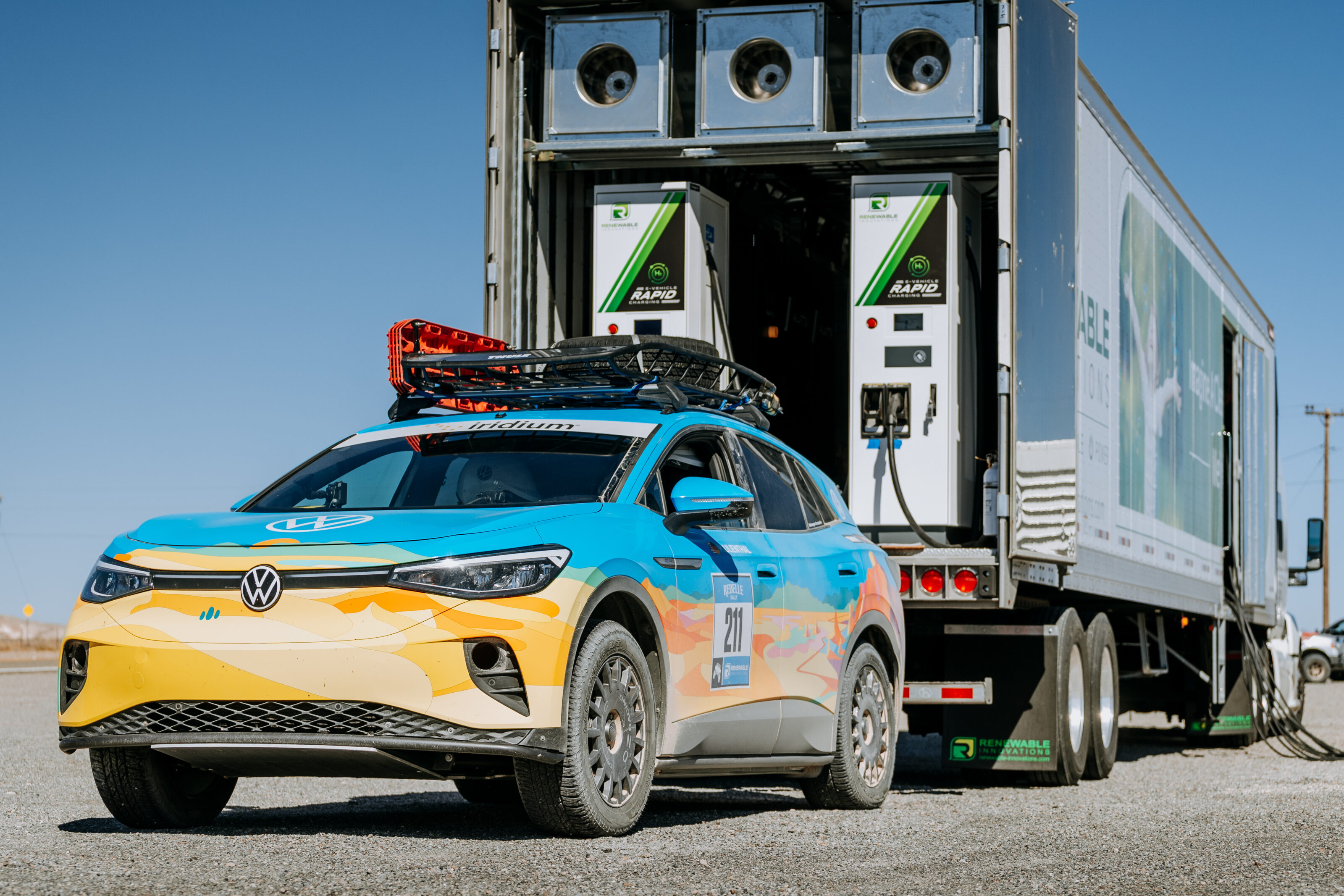
The other, a Rivian R1T pickup, rallied last year as a prototype but this year as a full-production entity.
Additionally, two prototype Kia Sorento and three U.S.-available Jeep 4xe 4×4 PHEVs rounded out the designation.
Remote charging was supplied by Utah-based Renewable Innovations. One charging station followed competitors for midday and evening charges, whereas a more robust unit resided at basecamp—providing up to 50 KW of peak power.
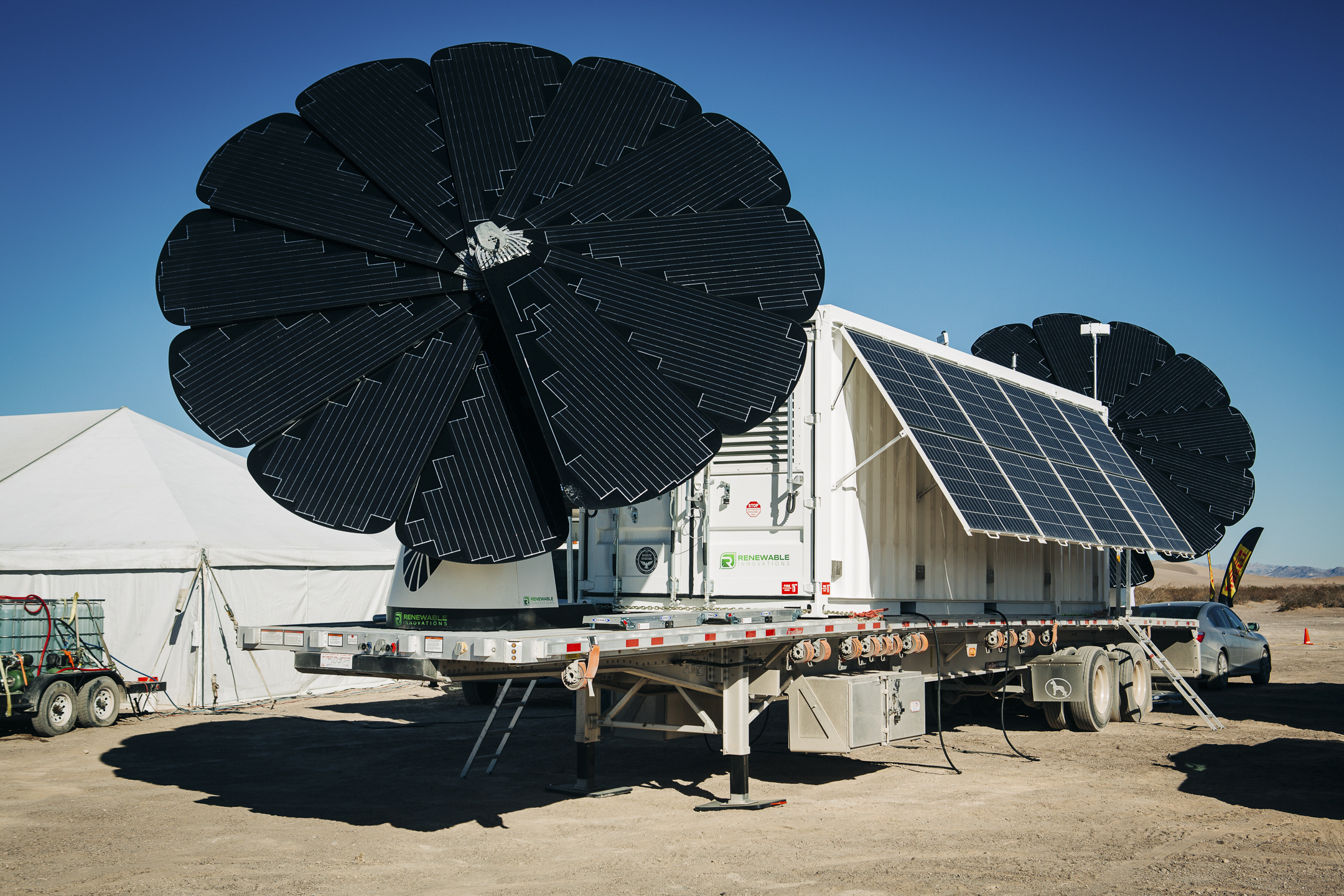
2022 Volkswagen ID.4 AWD EV Basics
Not yet available in Australia, the electrified Volkswagen ID.4 AWD Pro SUV packs 401 kilometres of range on a full charge, along with 217kW of power and 460Nm of torque. Its dual motors provide all-wheel-drive traction to deliver a spirited zero to 100km/h time of 6.2 seconds.
An 80kW asynchronous front motor and a 148kW permanent magnet synchronous rear motor draw current from an 82kWh (gross) battery and together generate more than the ID.4’s single-motor, rear-drive option.
The entry-level 2021 ID.4 AWD Pro is billed as the least expensive AWD EV available in the US with a starting price of US$44,370 (AU$62,276). The AWD Pro S, a higher trim level, begins at US$49,370 (AU$69,294).
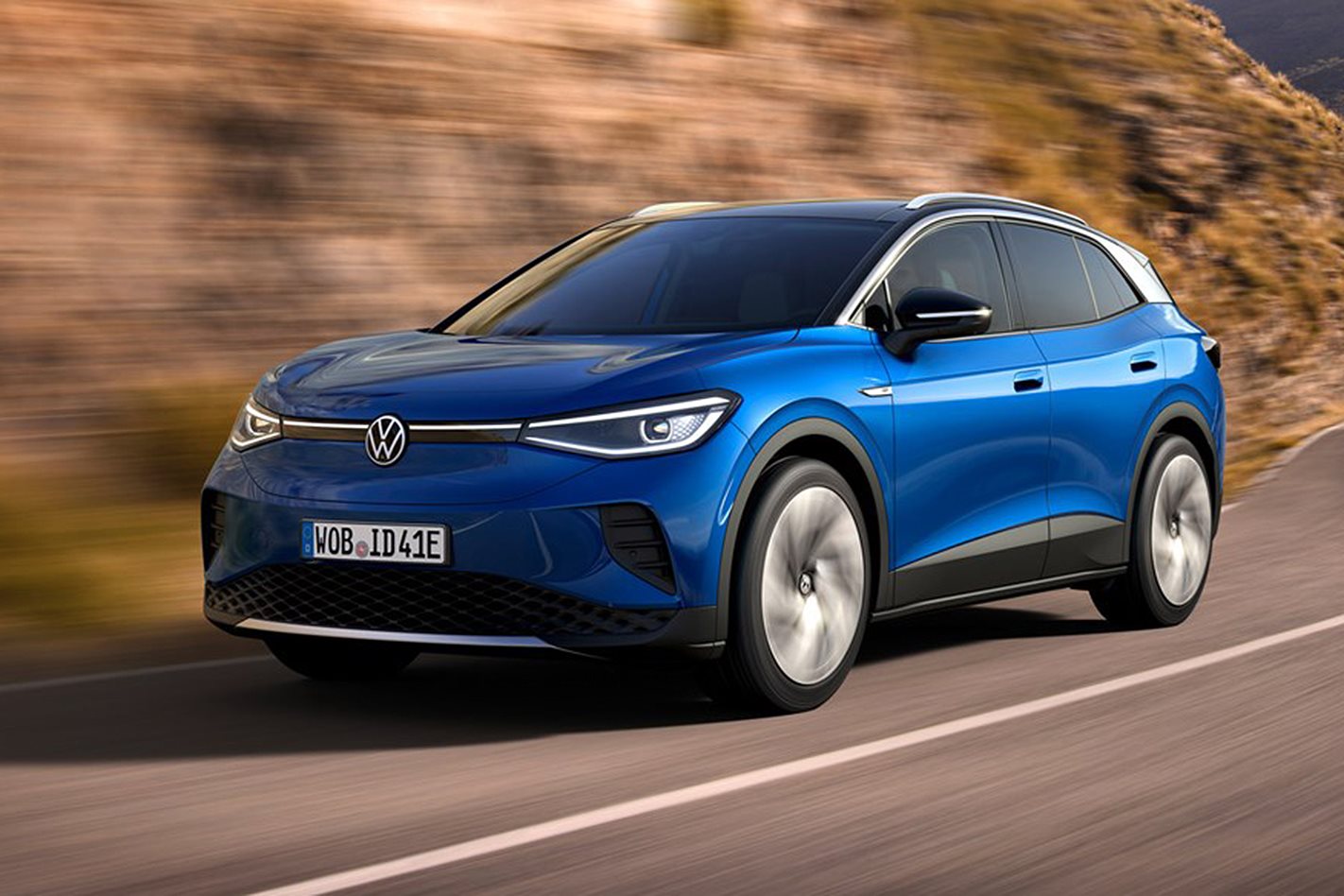
Team Volkswagen: Rebelle Rally Ready
Although the Volkswagen ID.4 has been out a short time, its off-road capability has already been proven as a rear-drive derivative finished the 2021 NORRA Mexican 1000 earlier this year.
A production ID.4 1st Edition was modified by California-based Rhys Millen Racing, with expert American rally driver Tanner Foust at the wheel.
Rhys Millen Racing and Tanner Foust, along with Volkswagen of America, were instrumental in setting up the all-wheel-drive ID.4 for success.
Competing in the crossover category with a stock ground clearance of 17 centimetres, the AWD ID.4 was modified with upgraded suspension components, tube control arms, Kevlar and aluminium skid plates, a small tubular steel front bumper and other items to equip it for the desolate desert.
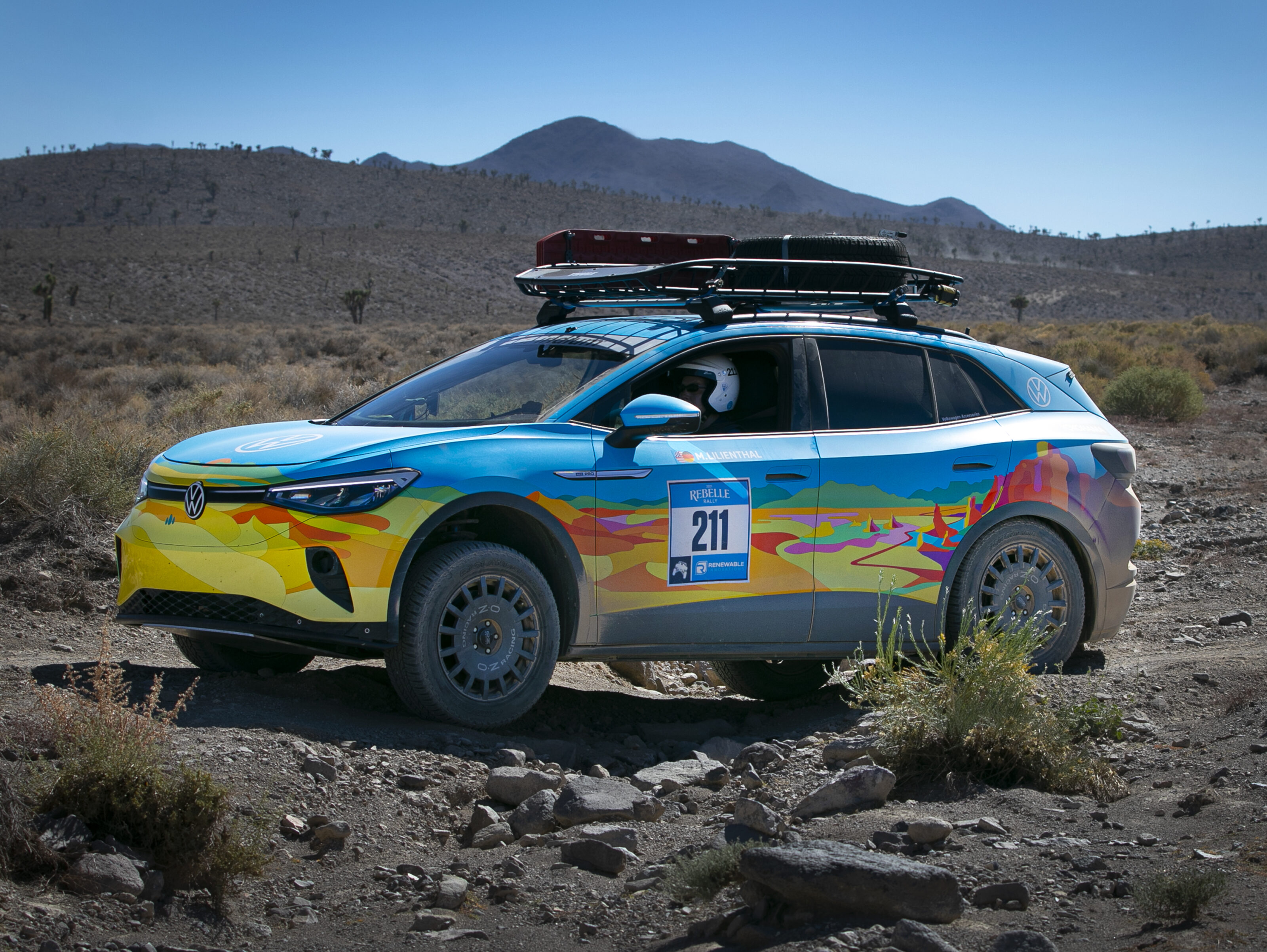
Additionally, the electrified ID.4 donned a Thule Canyon XT roof rack and basket extension, Maxtrax MKII recovery boards mounted to Axia Alloy tube mounts and two full-size spare tyres that matched our rolling stock of O.Z. Racing wheels shod in Yokohama Geolander 235/60R18 all-terrains.
Two shovels and a hard-mounted 22.7-litre water canister, a full-size floor jack on a skid base, recovery kit, fire extinguishers and an air compressor rounded out interior necessities.
Camping gear, extra food and other critical components filled the rear but allowed for clear visibility once strapped down.
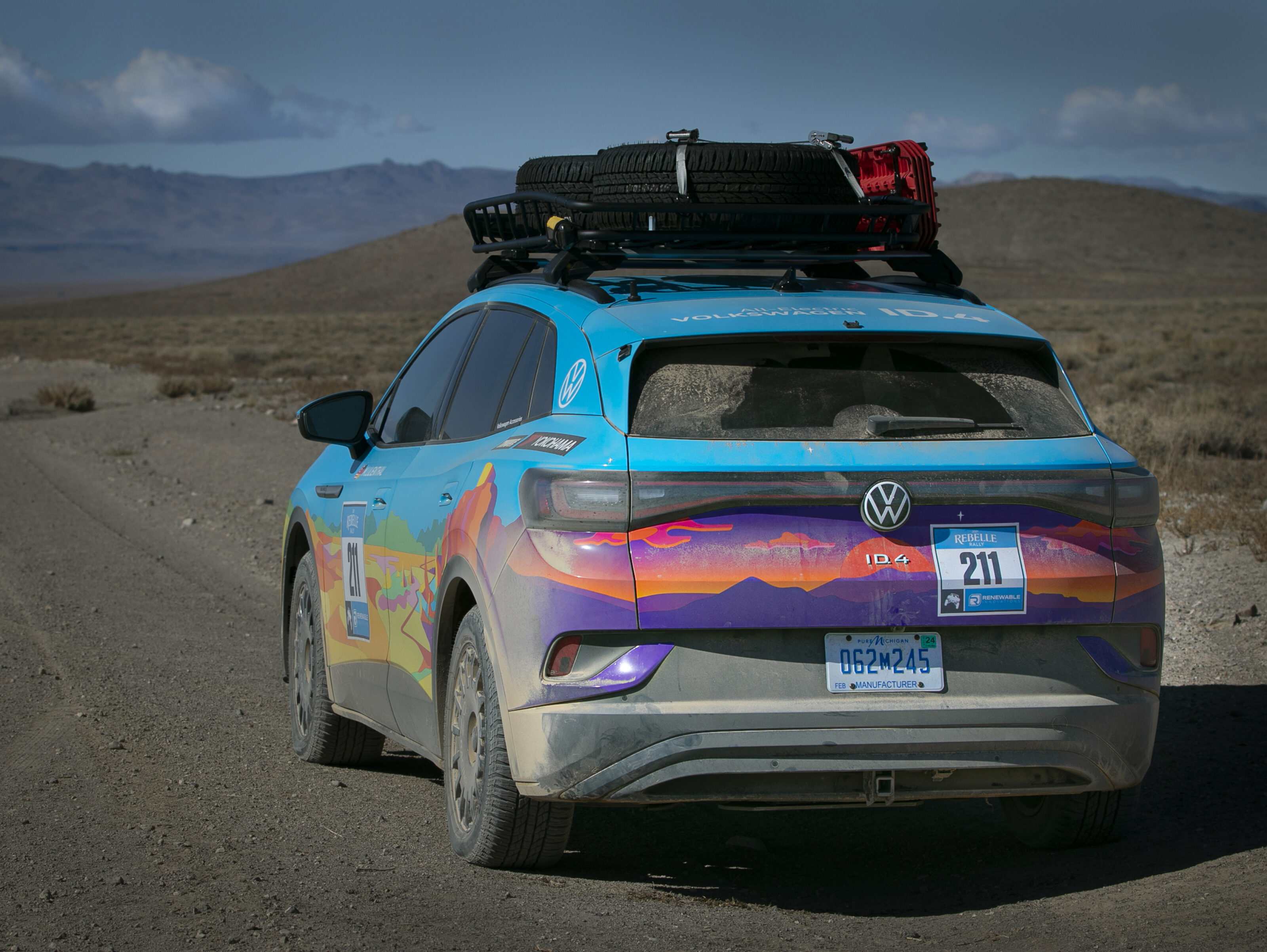
To Regen or Not Regen?
The colourfully wrapped AWD ID.4 exceeded expectations – especially during challenging desert conditions. Even though I participated in the 2018 Rebelle Rally with a Toyota Tacoma, the constraints of adding a newly released all-electric vehicle to an already gruelling rally were intense and rewarding. Volkswagen was pushing the EV envelope, with us at the helm.
Internal combustion engines have readily available fuel sources and can be serviced in the bush. EVs are still new to off-roading, though, with ranges changing as often as the terrain does.
However, armed with quick-thinking wits and a steady throttle, Winslow and I successfully navigated through steep and rocky inclines, off-camber areas, washboard trails and sand dunes.
The Volkswagen ID.4 is equipped with various driving modes (Eco, Sport, Comfort and so on) as well as primary D or B transmission settings. D (for drive) is predominantly used, however B (braking), Volkswagen’s regenerating mode, actively slows the ID.4 down as energy is sent back to its battery pack.

Driving through sagebrush and soft sand, I realised which mode works best in specific terrain types. D is fit for higher-speed driving or non-challenging terrain. B slows the vehicle if the throttle isn’t depressed – perfect for technical trails or traversing methodically through dried washes and oversized whoops.
Although Volkswagen designed the ID.4 to “coast” and not regenerate energy in D mode, stepping on the brake or flipping it to B engages regenerative braking. Winslow continually calculated range usage against actual kilometres driven – discovering we used anywhere from one kilometre of range to one actual travelled to up to four kilometres or more of range per one driven in the tough stuff.
However, with cautious driving and smart navigating, we gained several kilometres at a time. This rang true with long, steep, paved descents like the one in Death Valley, California, reaching the Amargosa River area.
We played the range game to our advantage, regenerating while testing the ID.4’s limits.
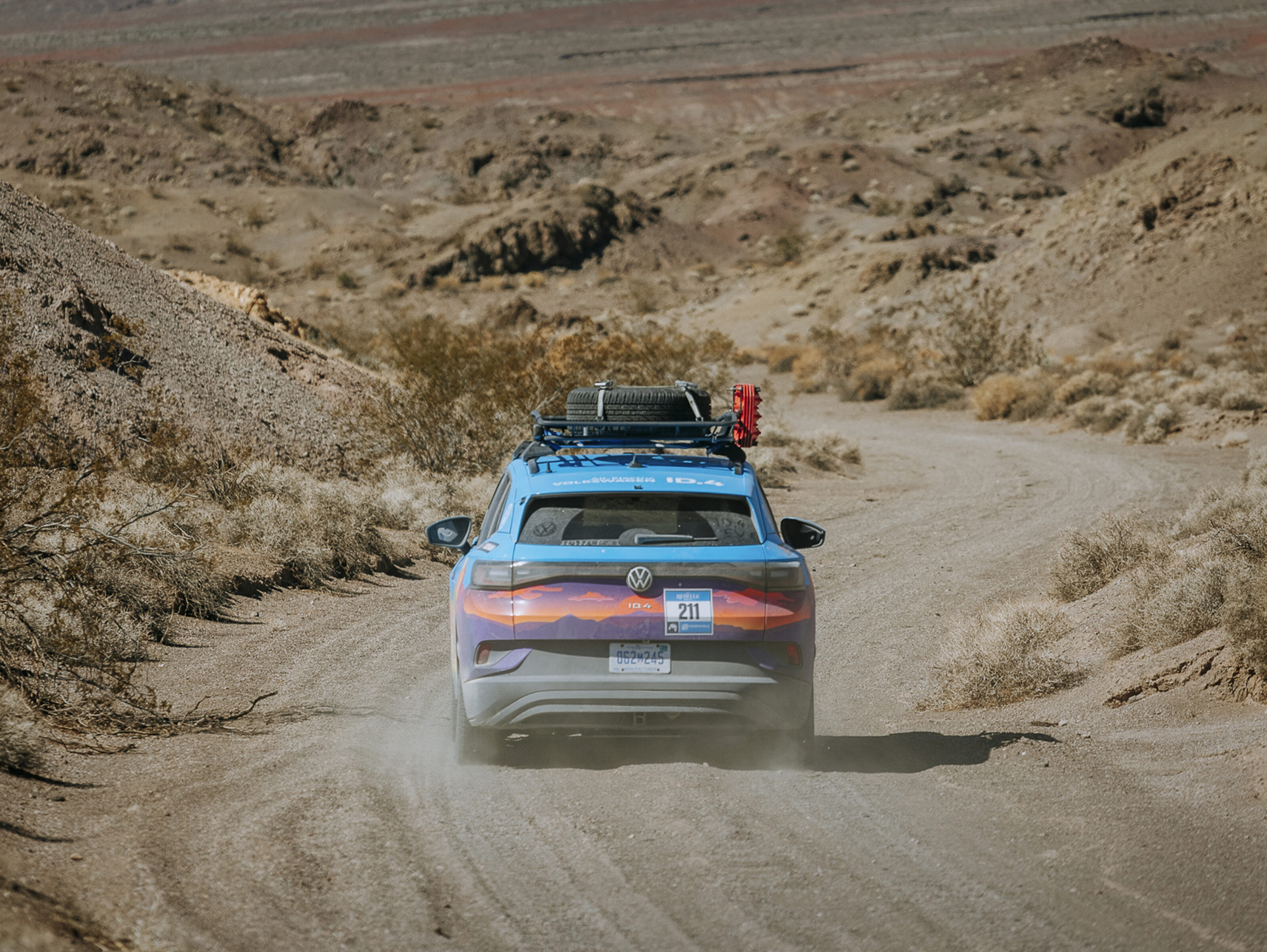
ID.4’s Driving Dynamics
We drove into history as the first all-electric crossover to finish the Rebelle Rally; I was impressed by the AWD ID.4’s tight steering, steadfast nature and nimble dynamics. The ID.4’s demeanour was poised and refined – something not often felt when off-roading other vehicles in full-EV mode.
Winslow appreciated its off-road capability and turning radius. She was surprised how well it climbed gnarly situations and how comfortable the ride was.
While other rally teams dealt with mechanical setbacks or software stumbles, the electrified 2021 Volkswagen ID.4 AWD Pro SUV experienced zero mechanical or battery issues, solidifying a strong finish as the driver and navigator of record for Volkswagen of America.
